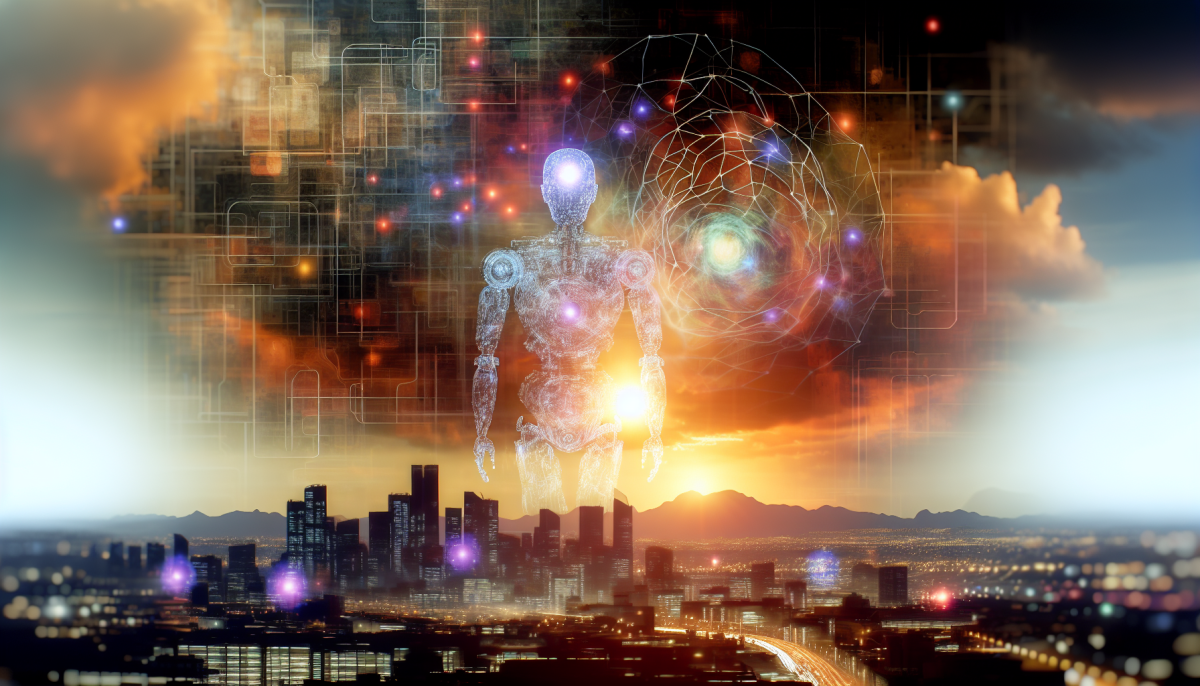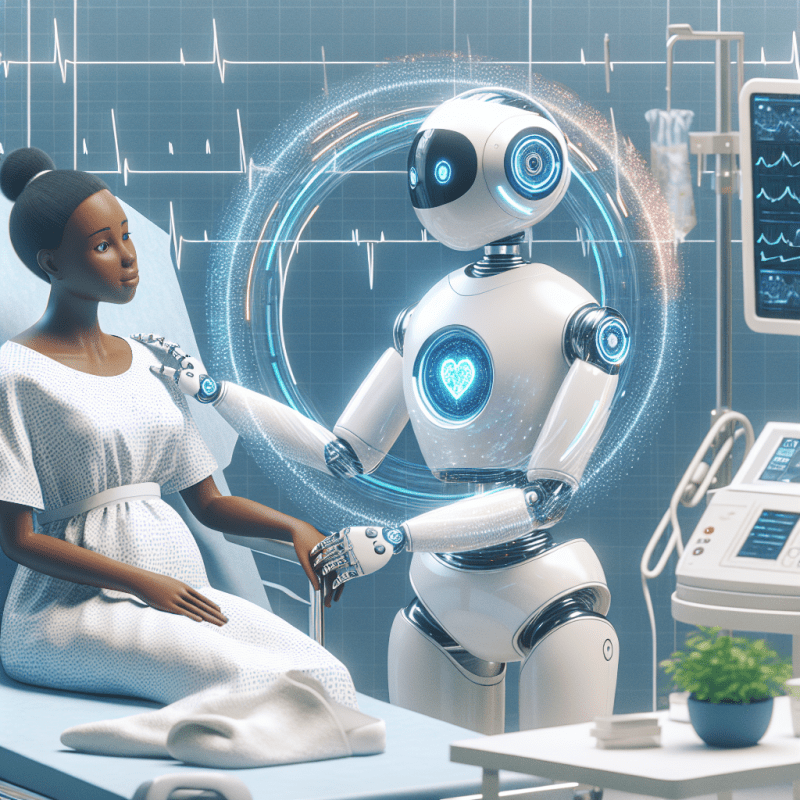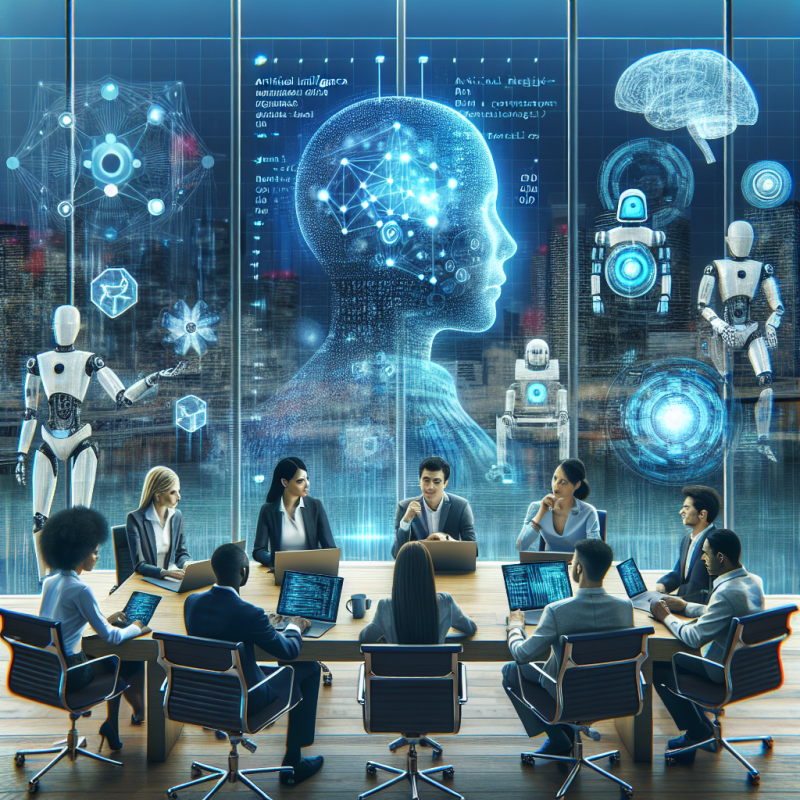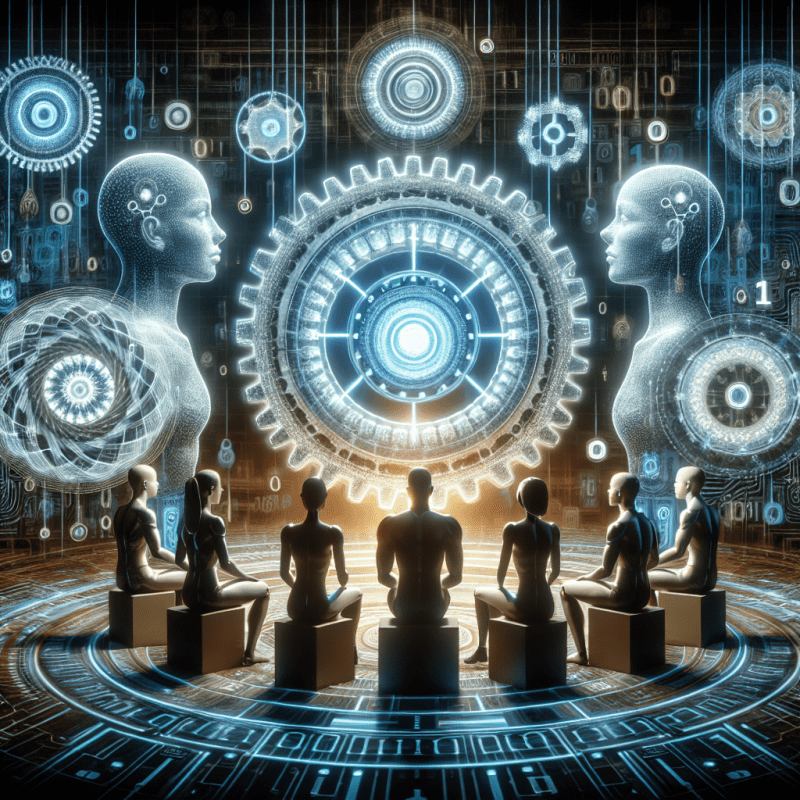Artificial Intelligence, or AI, might seem like a new buzzword, but its roots go way back! The idea of machines that can think and learn dates to the mid-20th century, when brilliant minds like Alan Turing began exploring the concept of machines simulating human intelligence. Turing's famous question, “Can machines think?” set the stage for decades of research and debate.
In the 1950s, a group of researchers gathered at Dartmouth College for the first AI summer conference. This event is often labeled as the true birth of AI. Here, scientists and mathematicians laid down the groundwork for future developments, focusing on problem-solving, learning, and language processing. They believed that if human intelligence could be understood, it could be replicated in machines.
Fast forward a few years, and things started to heat up in the late 1960s. Projects like ELIZA, a simple chatbot, marked early attempts to create machines that could engage in conversation. While the technology wasn’t perfect, it was a huge leap forward in making computer systems more interactive. The enthusiasm was infectious, leading to more exploration and funding in the field.
Unfortunately, the excitement around AI led to some inflated expectations, and by the 1970s, progress slowed down during what’s known as the "AI winter." Funding dried up as researchers faced the reality that they had underestimated the complexity of human intelligence. But the seeds planted during this time began to grow again in the 1980s and 90s, as new algorithms and more powerful computers emerged.
Key Moments in AI Development
Artificial Intelligence has a colorful history filled with key moments that shaped its development. It all started in the 1950s when a group of talented minds like Alan Turing and John McCarthy began dreaming about machines that could think. Turing's famous question, "Can machines think?" set the stage for what was to come. This period is often referred to as the dawn of AI.
Fast forward to 1956, when the Dartmouth Conference took place. This event is considered the birth of AI as a field of study. Researchers gathered to brainstorm ideas and set ambitious goals for creating intelligent machines. This was the first time the term "artificial intelligence" was officially used, marking a significant milestone that sparked further exploration.
The next big leap came in the 1980s with the rise of expert systems. These programs were designed to make decisions in specific domains, like medical diagnosis, by mimicking the decision-making abilities of human experts. They proved that AI could be practical and useful, leading to increased funding and interest in the technology.
Then, in the late 1990s and early 2000s, AI took another giant step forward with advancements in machine learning and data processing. Techniques like neural networks became more popular, allowing computers to learn from data in ways that mimic how our brains work. This paved the way for more sophisticated applications, like speech recognition and autonomous vehicles.
Today, AI is everywhere—from virtual assistants like Siri and Alexa to recommendation systems on streaming platforms. The journey has been long and winding, filled with experiments and breakthroughs that have transformed our world. Each key moment in AI development contributed to the amazing technology we often take for granted today.
How AI Works in Simple Terms
Alright, let’s break down how AI works in a way that’s easy to digest. At its core, artificial intelligence is all about teaching computers to think a bit like humans. Just like we learn from our experiences, AI learns from data. Imagine feeding a computer tons of information – like pictures of cats and dogs. The AI looks for patterns in that data, figuring out what makes a cat a cat and a dog a dog.
How does it learn? Well, it uses something called algorithms, which are like recipes. These algorithms analyze the data and start making predictions or decisions based on what they’ve learned. For example, if you show the AI a new picture, it will use its “recipe” to guess whether it’s a cat or a dog. The more data it sees, the smarter it gets!
Another cool part of AI is something called machine learning. This is a specific approach where the AI improves over time. Let’s say the AI makes a mistake and labels a dog picture as a cat. With feedback – like you telling it “No, that’s a dog!” – the AI adjusts its understanding. It’s like having a buddy who learns from their mistakes to get better and better!
So, to sum it up, AI works by learning from lots of data and using that knowledge to make smart decisions. It might sound a bit complex, but at its heart, it’s all about creating systems that can learn, adapt, and improve, just like we do every day!
The Future of Artificial Intelligence
One of the key areas where AI is making waves is in healthcare. We’re already seeing AI systems that can analyze medical data faster than any human. These innovations hold the promise of quicker diagnoses and more personalized treatment plans. For example, AI tools are being used to predict potential health issues before they arise, potentially saving lives and reducing healthcare costs.
In everyday life, smart assistants and AI-powered apps are becoming more integrated into our routines. Picture asking your smartphone to manage your schedule, remind you of tasks, or even suggest the best route to avoid traffic. These tools are designed to make our lives easier and help us save time, allowing us to focus on what truly matters.
But it’s not just about convenience. AI is also transforming industries like agriculture and finance. Farmers are using AI to monitor crop health and optimize yields, while finance companies rely on AI for fraud detection and managing investments. These innovations mean more efficiency and better results for businesses and consumers alike.
Still, as we embrace these changes, it’s important to consider the ethical implications that come with AI advancements. Questions around privacy, job displacement, and decision-making are all at the forefront of conversations. Balancing innovation with responsible use will be crucial as we move forward into this AI-driven future.



